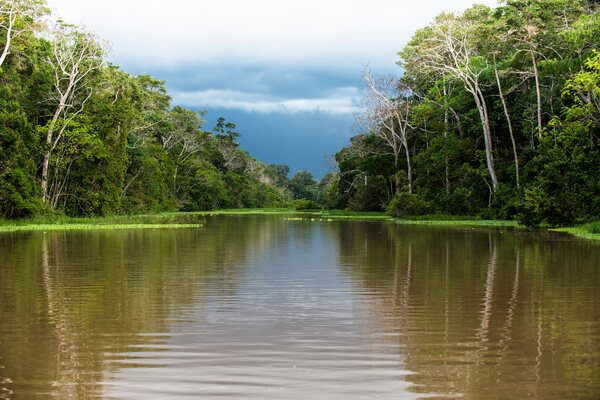
They are essential for our life on earth and some of them spread across whole continents. But which one is the longest river on our planet?
Find out in our ranking of the Top 20 longest Rivers on Earth!
20. Yukon River (North America) – 1,979 miles (3,185 km)
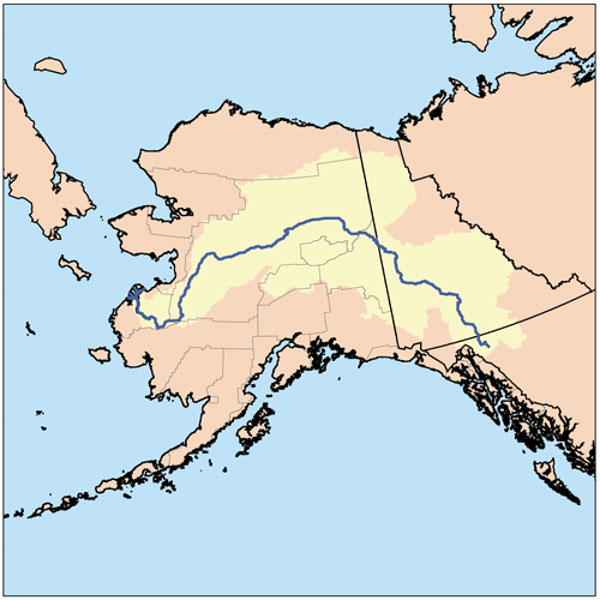
The Yukon River is a major watercourse of northwestern North America. The river’s source is in British Columbia, Canada, from which it flows through the Canadian Yukon Territory (itself named after the river). The lower half of the river lies in the U.S. state of Alaska.
19. Rio São Francisco River (South America) – 1,988 miles (3,199 km)
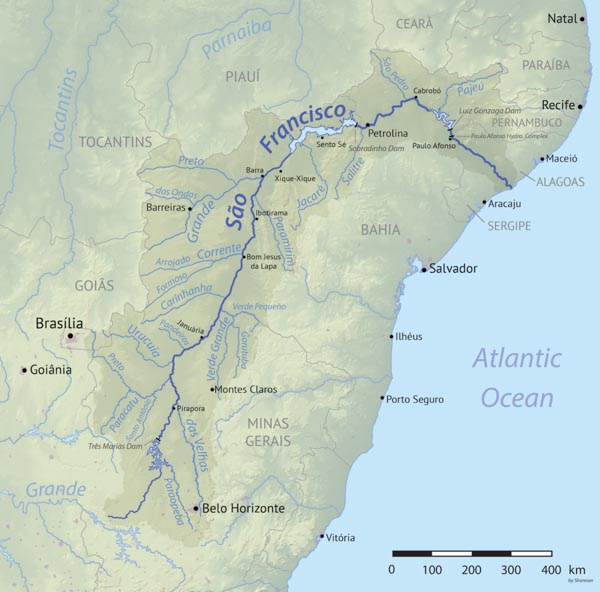
The São Francisco River or Rio São Francisco it is the longest river that runs entirely in Brazilian territory. It used to be known as the Opara by the indigenous people before colonisation, and is today also known as Velho Chico(“Old Frank”).
18. Ganges-Meghna River (Asia) – 2,144 miles (3,450 km)
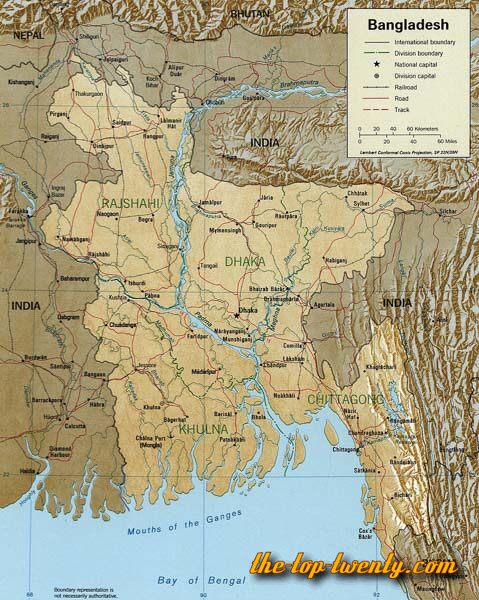
The Ganges is a trans-boundary river of the Indian subcontinent which flows through the nations of India and Bangladesh. After entering West Bengal, it divides into two rivers: the Hooghly and the Padma River. The Hooghly, or Adi Ganga, flows through several districts of West Bengal and into the Bay of Bengal near Sagar Island. The other, the Padma, also flows into and through Bangladesh, and joins the Meghna river which ultimately empties into the Bay of Bengal.
17. Volga River (Europe) – 2,193 miles (3,530 km)
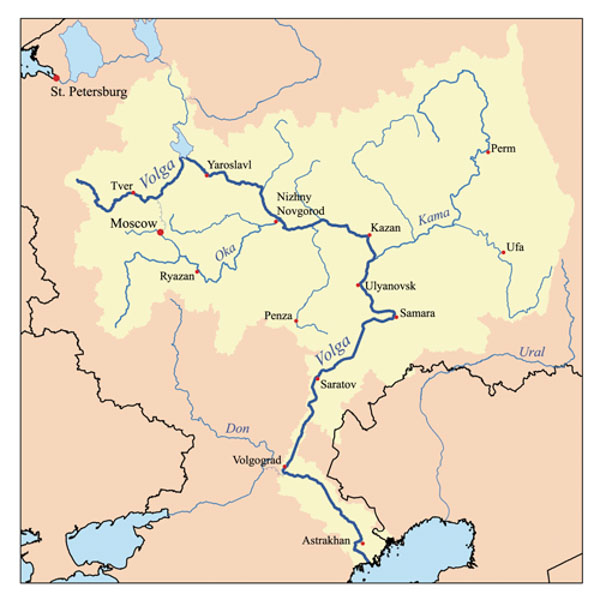
The Volga is the longest river in Europe with a catchment area of 1,350,000 square kilometres. It is also Europe’s largest river in terms of discharge and drainage basin. The river flows through central Russia and into the Caspian Sea, and is widely regarded as the national river of Russia.
16. Shatt al-Arab–Euphrates–Murat (Asia) – 2,234 miles (3,596 km)
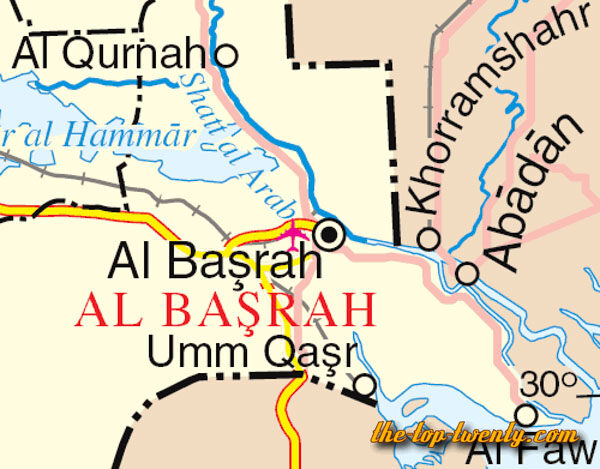
15. Murray River (Australia) – 2,282 miles (3,672 km)
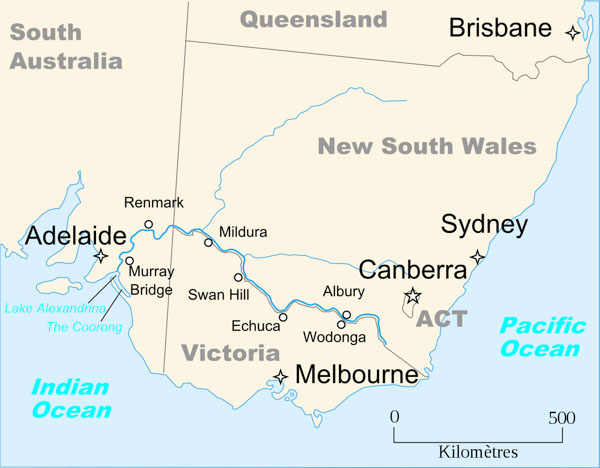
The Murray River is Australia’s longest river. The Murray rises in the Australian Alps, draining the western side of Australia’s highest mountains, and then meanders across Australia’s inland plains, forming the border between the states of New South Wales and Victoria as it flows to the northwest into South Australia. It turns south at Morgan for its final 315 kilometres (196 mi), reaching the ocean at Lake Alexandrina.
14. Parana River (South America) – 2,484 miles (3,998 km)
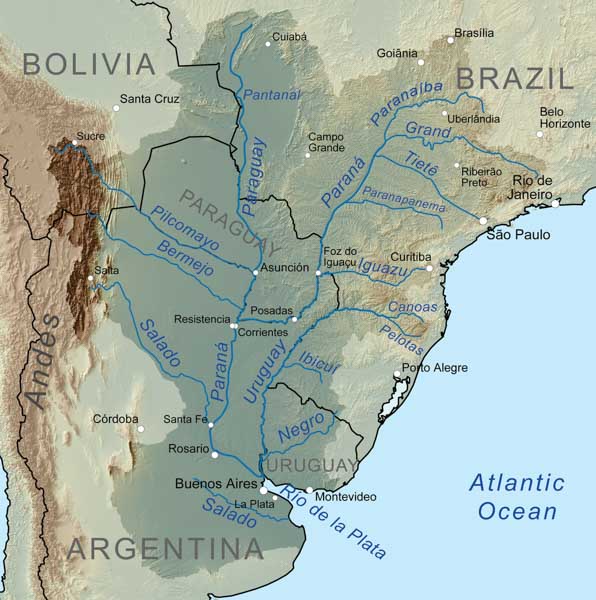
The Paraná River is a river in south Central South America, running through Brazil, Paraguay, and Argentina. The name Paraná is an abbreviation of the phrase “para rehe onáva”, which comes from the Tupi language and means “like the sea” (that is, “as big as the sea”). The first European to go up the Paraná River was the Venetian explorer Sebastian Cabot, in 1526, while working for Spain.
13. Niger River (Africa) – 2,600 miles (4,184 km)
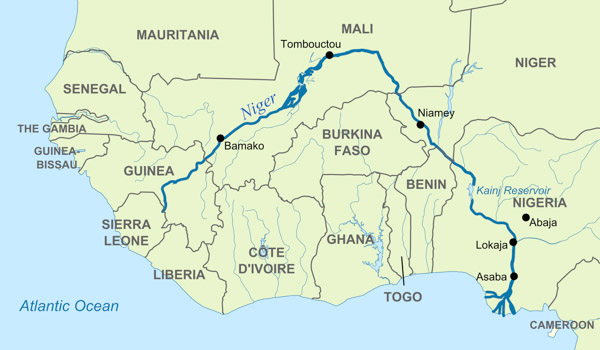
The Niger River is the principal river of West Africa, extending about 4,184 km (2,600 mi). Its drainage basin is 2,117,700 km2 (817,600 sq mi) in area. Its source is in the Guinea Highlands in southeastern Guinea. It runs in a crescent through Mali, Niger, on the border with Benin and then through Nigeria, discharging through a massive delta, known as the Niger Delta or the Oil Rivers, into the Gulf of Guinea in the Atlantic Ocean.
12. Mackenzie River (North America) – 2,647 miles (4,260 km)
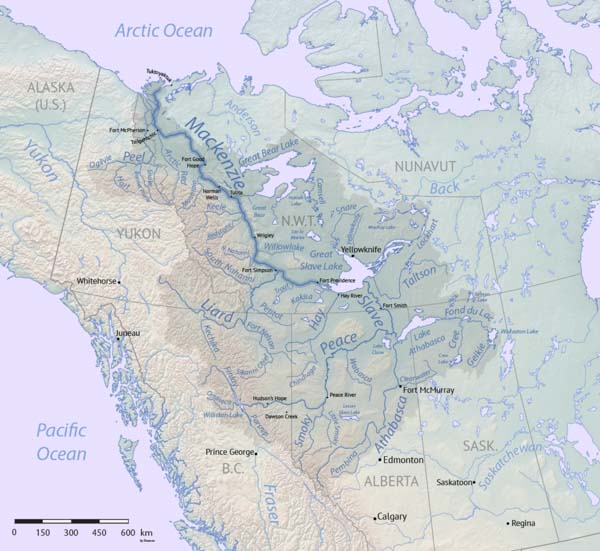
The Mackenzie River is the longest river system in Canada, and has the second largest drainage basin of any North American river after the Mississippi River. The Mackenzie River flows through a vast, thinly populated region of forest and tundra entirely within the Canadian Northwest Territories, although its many tributaries reach into four other Canadian provinces and territories.
11. Mekong River (Asia) – 2,796 miles (4,500 km)
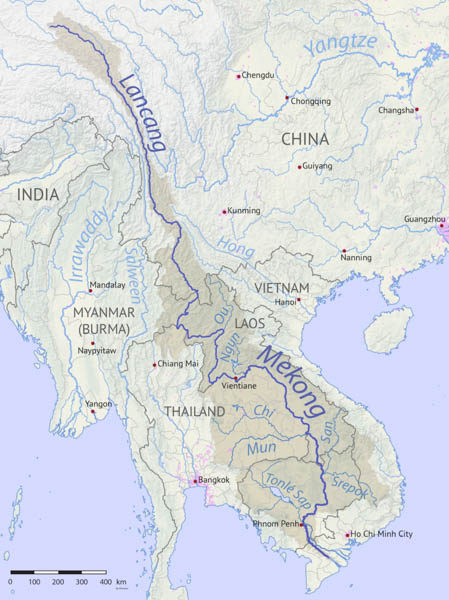
The Mekong is a trans-boundary river in Southeast Asia. From the Tibetan Plateau the river runs through China’s Yunnan Province, Myanmar, Laos, Thailand, Cambodia, and Vietnam. The extreme seasonal variations in flow and the presence of rapids and waterfalls in the Mekong make navigation difficult. Even so, the river is a major trade route between western China and Southeast Asia.











